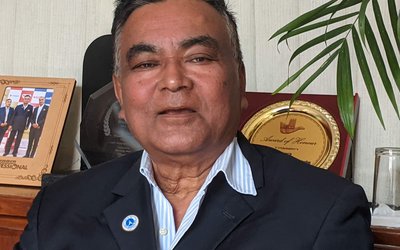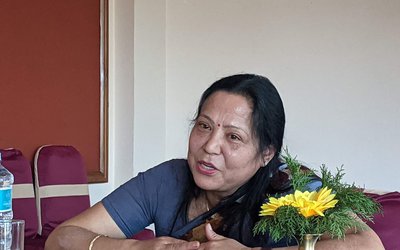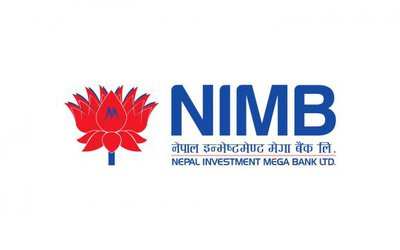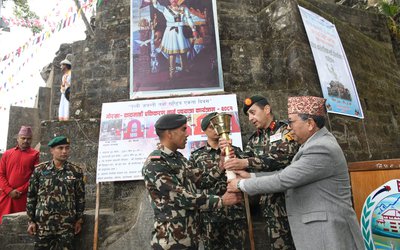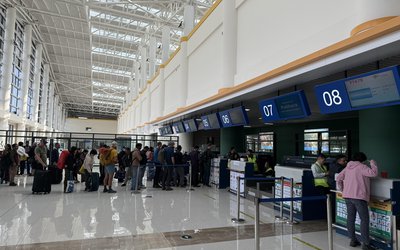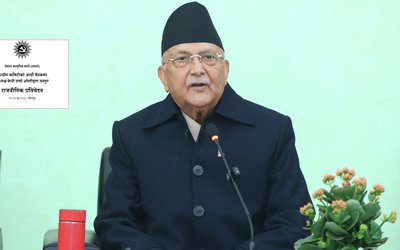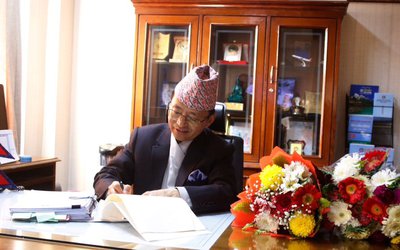
As an expert, how will the radar installed by JICA enhance Nepal’s air safety?
Without radar, the Air Traffic Controller has to depend upon the information provided by pilots on the location of the aircraft. After the installation of radar, Air Traffic Controller knows where the aircraft is, its height and speed, type of aircraft and distance and direction. If you have so much of information, you can control the air traffic better and with confidence about the aircraft. It will not only enhance the safety, it will also expedite the traffic. Once the radar is functional, we can reduce the distance of the aircraft as more traffic can be handled. It also helps in bad weather and the failure of the navigation system of aircraft.
What technology is CAN is using now to navigate the aircrafts?
Our system is now based on VOR DME. This system will tell you direction and distance of plane. Although Instrument landing system has come to the world as another technology, Nepal is unable to use this because of topography of Kathmandu. Since our negotiations with Japan are in the final stage, Nepal will have more or less similar kind of Instrumental Navigation system in place in Kathmandu.
How long have you been working in the project?
I am from the first batch of engineers here to get the radar training in Japan. I worked in the radar sector for almost eight years. Although we have already trained a group of people, CAN has the scarcity of manpower now. It is very difficult to retain the engineering manpower in CAN because of salary. It is unfortunate that the trained manpower is leaving the country. We are now working with limited manpower. We need to increase the manpower.
How do you look at the support given by Japan to Nepal?
I have been working with JICA project since 1994 in one or other positions. What I have found is that Japan has a strong commitment to improve the safety in transportation sector in Nepal, including aviation. The country cannot develop without transport. For the past few years, Nepal’s aviation sector has got attention. This is a very positive.
You might have seen how our airport provided support to carry out the rescue and relief missions after the earthquake. TIA was the only gateway. Japan’s support at present juncture is very important.
When did you install the first radar?
We installed the radar only after the two major aircraft crashed within a span of just three months. There was a state of confusion following the two major crashes. We were totally in chaos. Japan came to rescue us at that time providing valuable support. With the direct request from then prime minister, Japan installed the radar in Nepal. This is a milestone in the aviation safety in Nepal. After the installation of the radar, our control is better now.
How do you see work in Nepal and Japan?
What I can see is that there is nothing impossible. In Japan, there are more systematic tendencies and systems work. Here it is dependent upon the initiation of individuals. We need to take more initiations. Japan is a highly developed country and we can learn from Japan.
- NIMB Achieves Accreditation With Green Climate Fund (GCF)
- Jan 10, 2025
- NATIONAL UNITY DAY: Unity Trail
- Jan 10, 2025
- TOURISTS ARRIVAL: Surpass A Million
- Jan 10, 2025
- NATIONAL POLITICS: Looming Instability
- Jan 09, 2025
- FM DR.RANA INDIA VISIT: Strengthening Relations
- Jan 02, 2025




